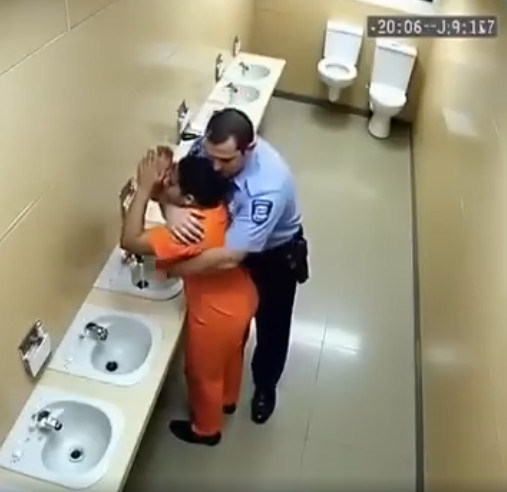The Complex Dynamics of Prison Relationships
When envisioning a prison, we often picture it as a fortress, encapsulated by towering walls and stringent regulations. However, within these high-security environments, the intricacies of human emotions can complicate the established order. In recent times, the public has been astonished by a series of scandals involving female prison guards and male inmates, raising pertinent questions about the underlying dynamics in correctional facilities. These narratives are not merely about misconduct; they highlight a plethora of issues including blurred lines of authority, power struggles, illicit romances, and a profound breach of trust.
Breaking the Barriers of Control
One of the most notable incidents occurred in California, where a 28-year-old female corrections officer was apprehended for engaging in a sexual relationship with a gang member serving time in a maximum-security prison. Reports indicate that this officer not only participated in physical encounters with the inmate but also took the audacious step of smuggling a cell phone into the facility to maintain their connection beyond the prison walls. Surveillance footage and intercepted communications played pivotal roles in exposing their clandestine affair. The officer later testified that she had fallen for the inmate’s charm and claimed to have been emotionally manipulated, illustrating how easily boundaries can be crossed under the right circumstances.
This case serves as a striking reminder of how the rigid structure of prison life can lead to unexpected emotional entanglements. The officer’s vulnerability, compounded by her isolation within the prison environment, created a perfect storm for such transgressions. Furthermore, the inmate’s ability to manipulate the situation to his advantage underscores the potential for emotional exploitation that exists in these dynamics.
A Troubling Trend of Misconduct
This incident is not isolated; rather, it reflects a broader pattern of inappropriate relationships between female officers and male inmates across various prison systems in the United States. From consensual affairs that may start innocently to instances of bribery and smuggling contraband, these relationships often escalate to severe breaches of protocol. For instance, another shocking occurrence involved a New York officer who assisted an inmate in escaping by concealing tools within frozen meat products. This incident was so significant that it inspired the acclaimed Showtime series, Escape at Dannemora, shining a light on the serious implications of such actions.
In the case of the New York officer, the motivations were deeply rooted in a complex blend of personal connection and reckless decision-making. This highlights the broader societal implications of such relationships, raising questions about the systemic issues within our correctional facilities. How are officers vetted? What kind of training do they receive regarding boundaries? These questions are crucial in understanding and addressing the underlying issues.
The Psychological Underpinnings
So, what drives these transgressions? Experts suggest that the prison environment can act as a pressure cooker for emotional vulnerability. Inmates serving lengthy sentences often develop profound psychological connections with their guards, a phenomenon sometimes referred to as “emotional grooming.” For many officers, the combination of long hours, isolation, and immense psychological strain can cloud judgment, leading to a dangerous blurring of professional lines. Dr. Karen Ellis, a criminal psychologist, notes that there is a complex power dynamic at play: “In certain instances, inmates exploit the emotional weaknesses of officers, while in others, officers may reach out because of isolation, a thirst for excitement, or a genuine emotional bond. However, none of these factors excuse such behavior, particularly in law enforcement.” This notion of emotional grooming is crucial to understanding how relationships can evolve in such a confined space. In an environment where both parties may feel isolated from the outside world, the emotional bonds formed can become intense and problematic. The connection felt can lead to misguided loyalties that compromise the integrity of the correctional system.Consequences of Misconduct
While some of these relationships might appear innocuous at first glance, the repercussions can be severe and far-reaching. Officers implicated in such misconduct face a plethora of consequences, including:- Criminal charges, which could include sexual assault, particularly if the inmate is deemed unable to provide legal consent
- Withdrawal from service and loss of retirement benefits
- Social humiliation and significant damage to personal and professional reputations
- Civil lawsuits from victims or the state

















